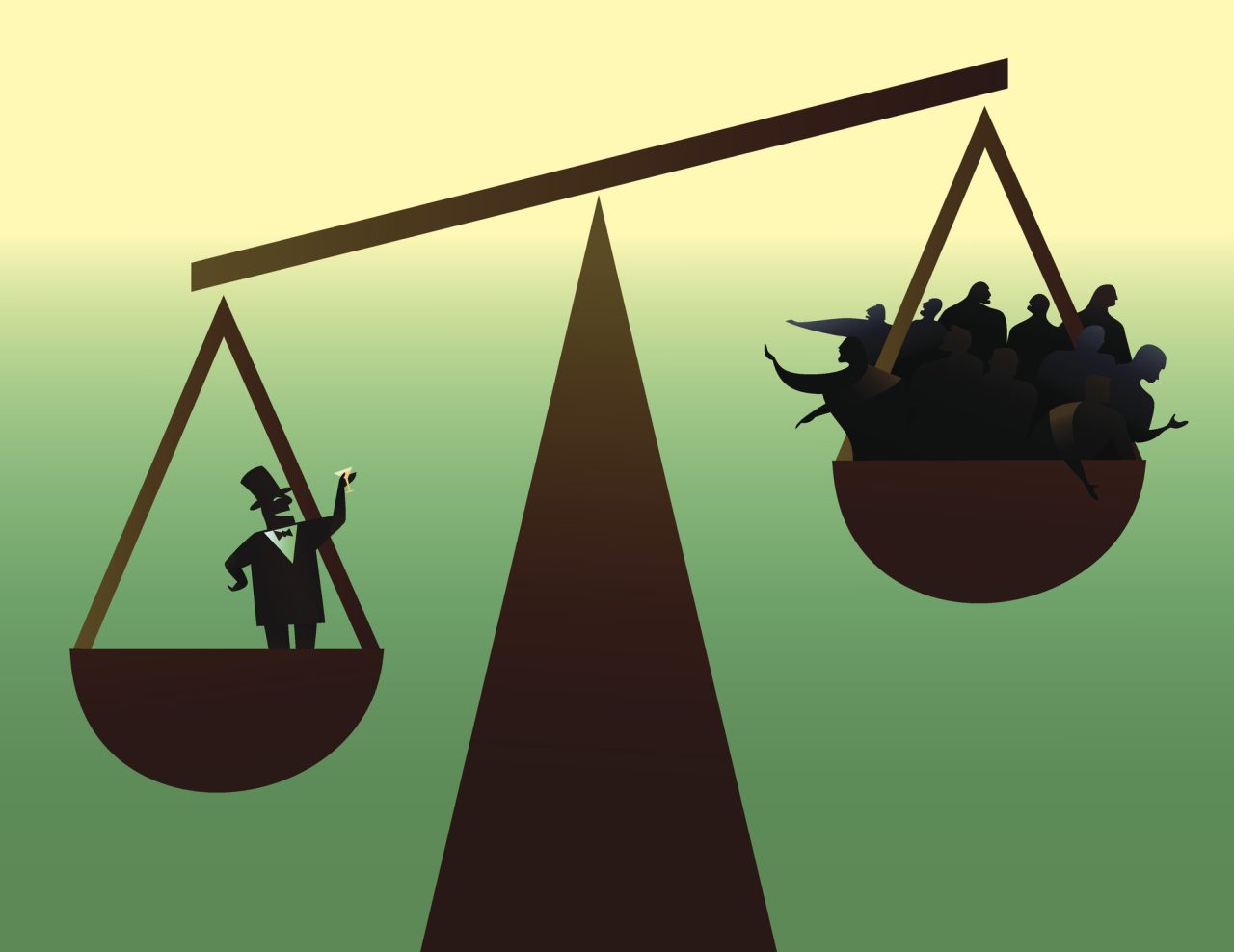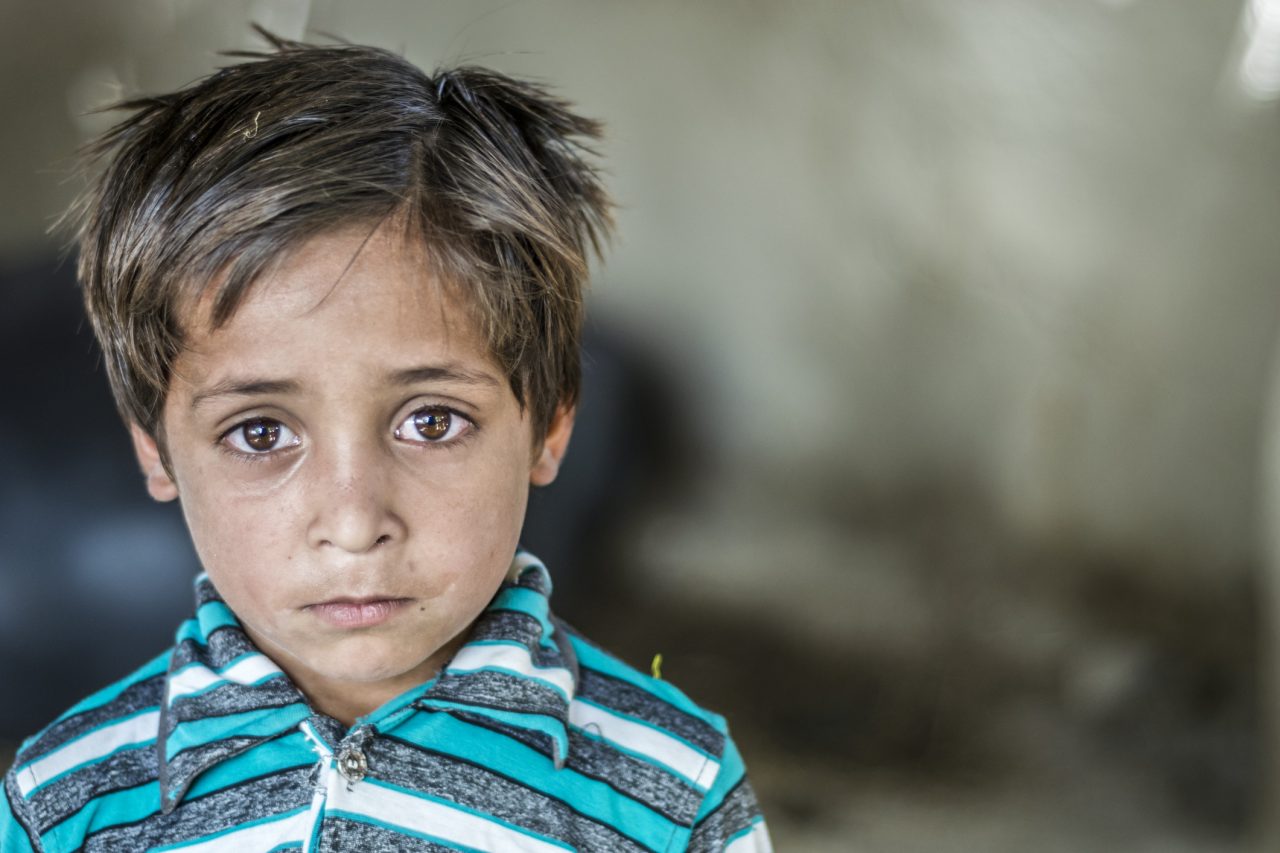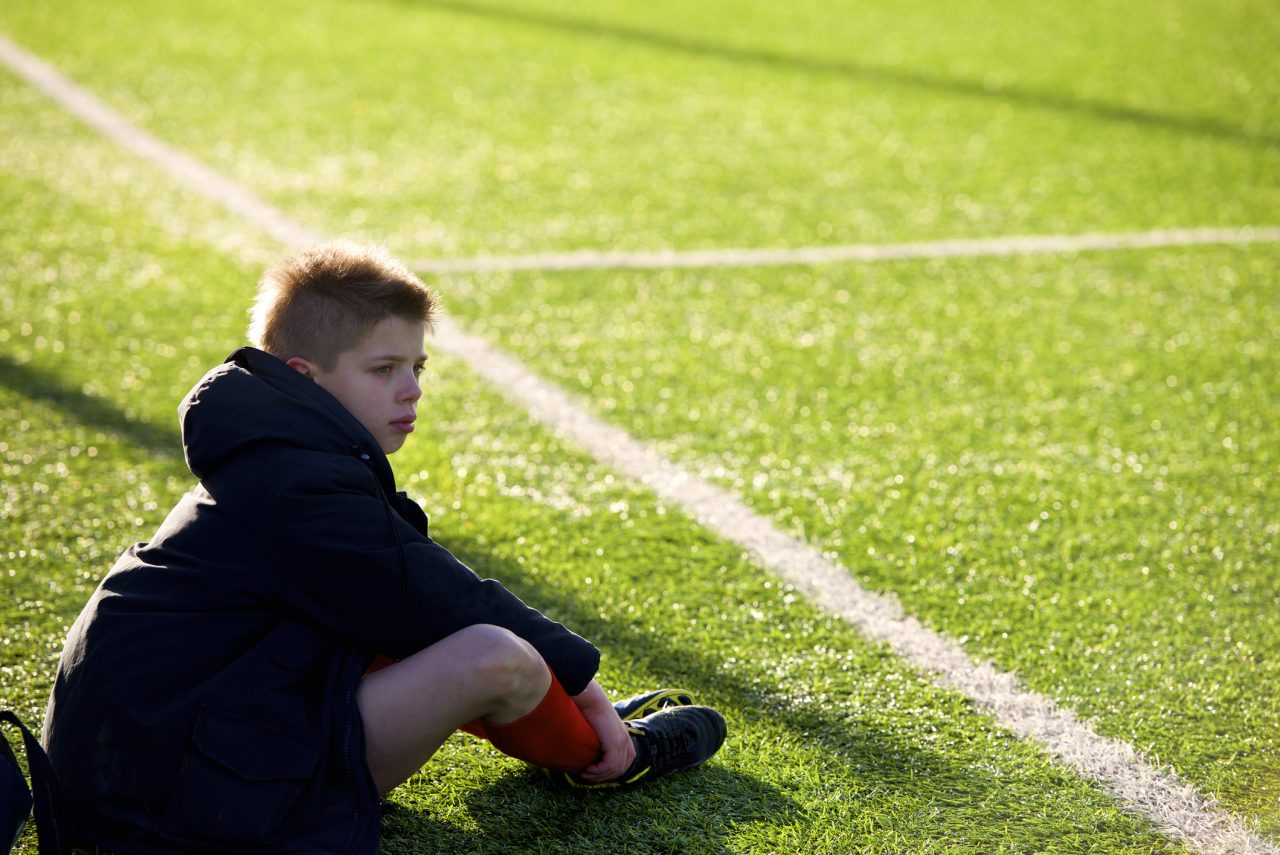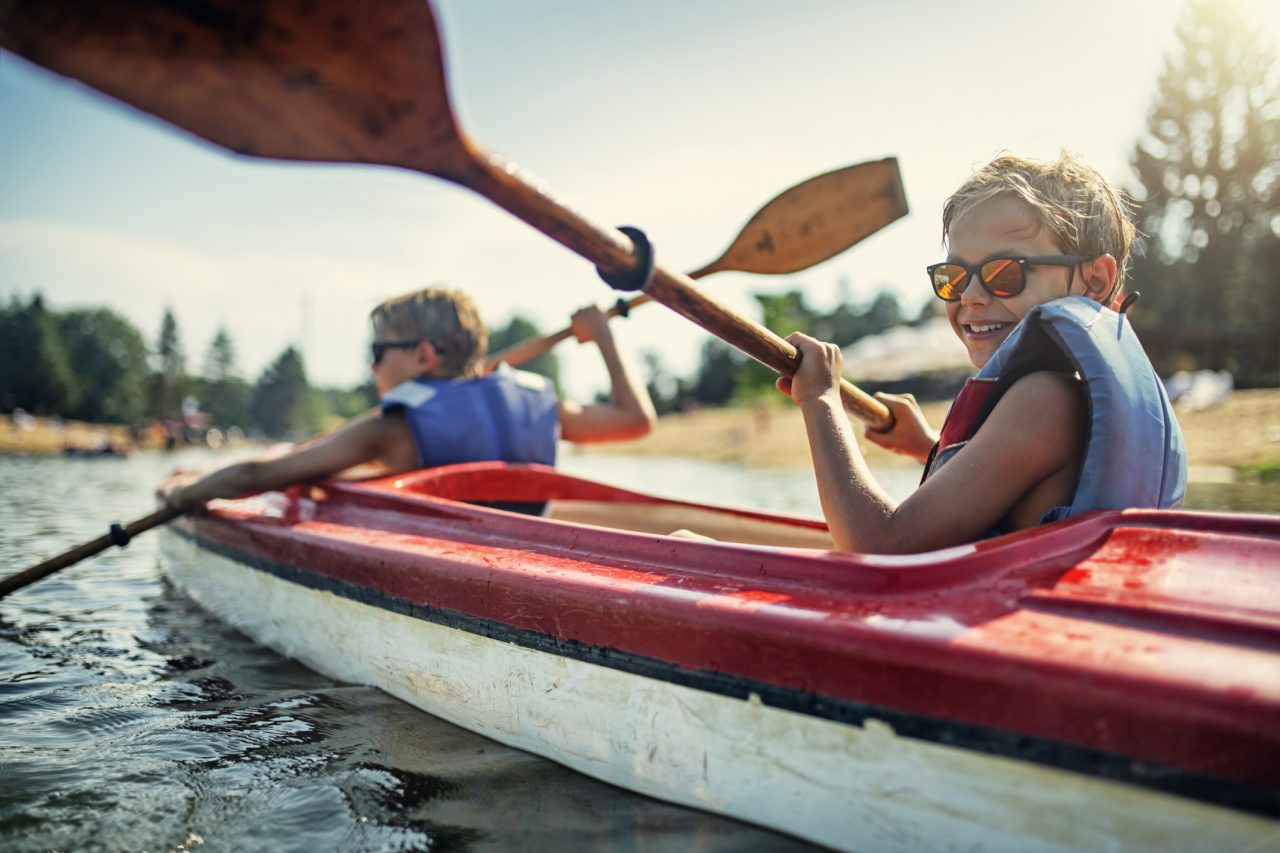
Sosialt gap
The difference between equity and equality

Fattig gutt

Gutt på sidelinja

Barn padler kano
Sources:
- Dahl, Espen; Bergsli, Heidi og Wel, Kjetil A. van der:
Sosial ulikhet i helse: En norsk kunnskapsoversikt (2014)
Høgskolen i Oslo og Akershus. Fakultet for samfunnsfag/Sosialforsk. https://handling.forebygging.no/globalassets/sosial-ulikhet-i-helse-en-norsk-kunnskapsoversikt_hovedrapport.pdf
- Fløtten, Tone (red.): Barnefattigdom (2009)
Oslo. Gyldendal akademisk.
- bufdir.no (04.11.2021): Barn i lavinntektsfamilier.
https://www.bufdir.no/Familie/Fattigdom/Ny_Barnefattigdom_i_Norge/
- regjeringen.no (04.11.2021): Barnekonvensjonen.
https://www.regjeringen.no/no/tema/familie-og-barn/innsiktsartikler/fns-barnekonvensjon/id2519764/
- The world bank (06.02.2023): An adjustment to global poverty lines
https://www.worldbank.org/en/news/factsheet/2022/05/02/fact-sheet-an-adjustment-to-global-poverty-lines
- The Borgen project (02.01.2023): Norway is the fairest country
https://borgenproject.org/norway-is-the-fairest-country/
Media rights:
-
-
Getty Images
-
Australian Human Rights Commission – YouTube
-
Getty Images
-
Getty Images
-
Getty Images
-
The Children’s Society – YouTube
-
Getty Images
-



Social differences are increasing in Norway
Norway is one of the countries in the world that has the least economic and social differences, but in recent years the social differences have grown. According to Statistics Norway (SSB), the reason for these differences is that the richest in Norway are getting richer.
On the other hand, Statistics Norway also points out that work immigration pushes wages down for the lowest-paid jobs.
The gap between the rich and the poor creates challenges for families. The richest push the prices up, for example when it comes to buying a new home. Parents with low incomes can find it difficult to meet the needs of their children.
Child poverty in Norway has risen since the beginning of the 2000s. The number went from 84,000 in 2013 to 110,900 in 2018. Child poverty is now higher than before, and is growing faster than adult poverty.
1 / 2
Mynt i stabler